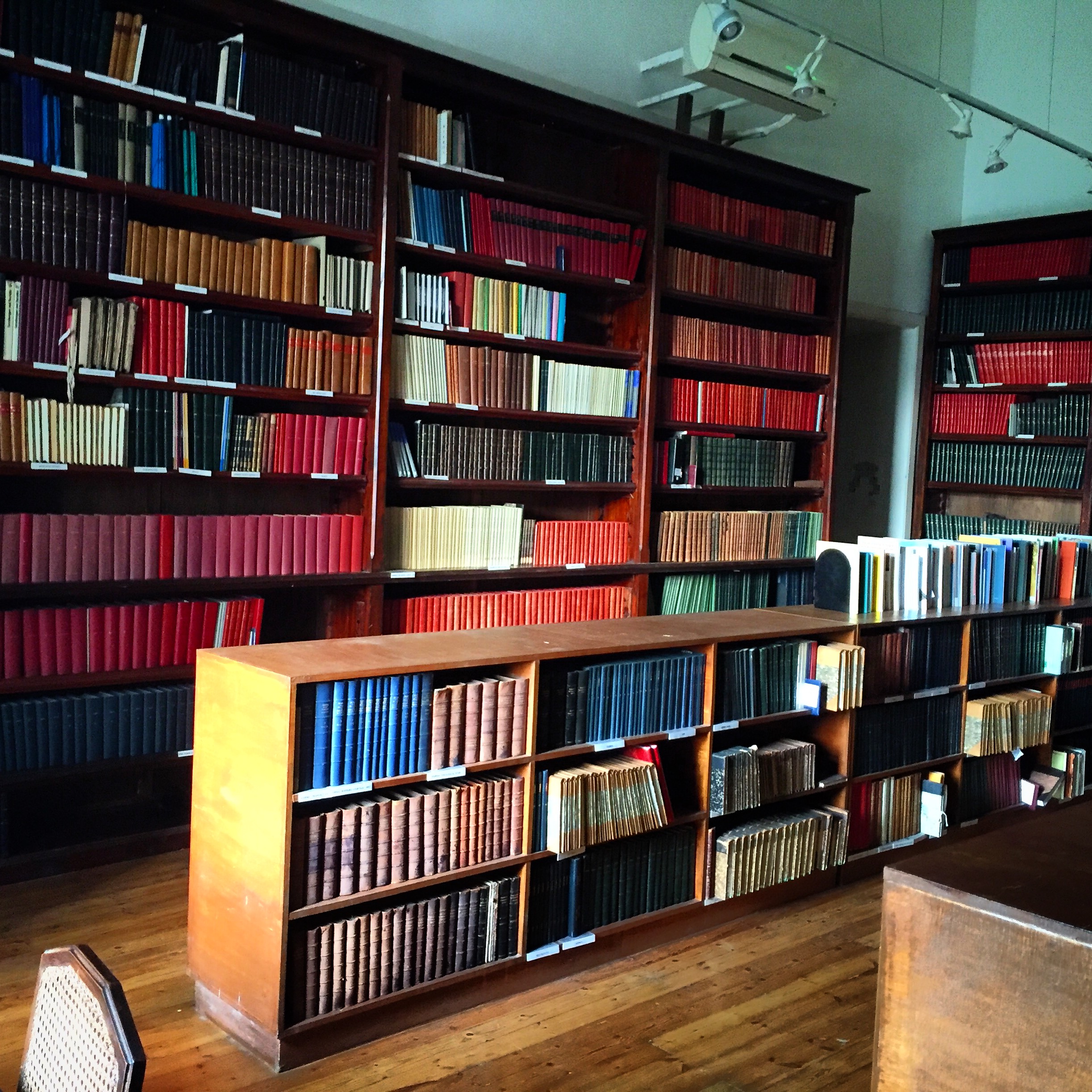Panorama from my living room.
I'm a little late in getting back into the swing of blogging and posting regularly. This past month and a half has been quite a whirlwind. However, I'm going to endeavor to catch up in this and the coming post, and then to remain caught up as I move into the winter.
This past October, I spent five weeks in Cairo to begin laying the foundations for my upcoming research project. I had really been hoping to immediately begin at the Egyptian National Archives (دار الوثائق المصرية), however when I arrived my permissions from the archives were still being processed. I had applied for permission to view the archive's collections of Ottoman court records (sijjilāt, سجلات) in June, and I had expected that four months would have been sufficient to process my requests. Unfortunately, it was not, and I had to make several trips to the archives to push the process along before finally getting both my permission and my carnet for access to the research hall (قاعة البحث). In this room, there are a number of computers for viewing digital collections and microfiche, and the staff pulls requested materials for viewing. Altogether, the process is fairly efficient. Now that all of the administrative processes have been finished, I intend to hit the ground running when I return at the end of January.
For those interested and intending to visit the archives and library themselves, you should be aware that there are several facilities that handle various portions of the archives collections. The main collections of both the National Library and Archives is on the Nile Corniche in Bulaq, just north of the Conrad Hilton and the Cairo World Trade Center. Here on the left side of the complex, you can find the National Library (دار الكتب). On the right side, there is a ground floor entrance into the National Archives. Most of Egypt's archival material can be found here. Another branch of the National Archives can be found in Bab al-Khalq in the same structure as the Museum of Islamic Art. At this location, there are primarily manuscripts, as well as the Thesaurus Islamicus Project, see: http://www.thesaurus-islamicus.li/index.htm. Additionally, Egypt has built, but not opened, a new location for the archives near Fustat. When this new center will open, I don't yet know. However, I'm hoping that it won't happen during the course of my research, as the collections will certainly be inaccessible during the move. Hopefully, I'll do an upcoming post, or even a separate section to my website, about libraries and research collections throughout the city that would be useful for researchers on a variety of topics.
French Institute of Oriental Archeology - institut français d'archéologie orientale
The other part of my time in Egypt was spent in the library of the IFAO (French Institute of Oriental Archeology). This Institute has a magnificent library with more than twenty rooms overflowing with texts related to various topics of Egypt’s history, specifically, and the Middle East, generally. While the majority of works, however, are focused on the archeological study of Egypt and, therefore, are centered on the antique past, i.e. the Pharaohnic, Hellenistic, and Byzantine periods. However, the library does have a number of rooms dedicated to the Islamic period. Familiarizing myself with these collections and trying to lay a framework for my secondary research were the primary focuses of my time at the IFAO.
The IFAO’s library is primarily accessed through request. On the second floor of the Institute, you can find the main reading room, and materials may be requested through the librarians. For some researchers, permission can be given to gain full access to the library. In doing so, you can pull materials yourself and browse at your own leisure. All books must remain within the library.
In my next post, I’ll give an update about our research team’s first workshop in Marburg, as well as a few others of my activities upon my return to Germany. Also, I’m hoping through the winter to post some more substantive discussions about my actual research project and the direction it’s beginning to take. Stand by!



